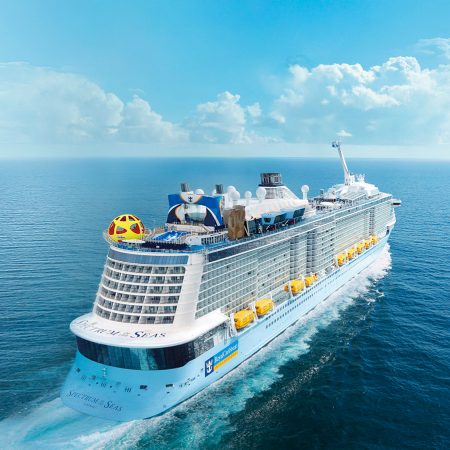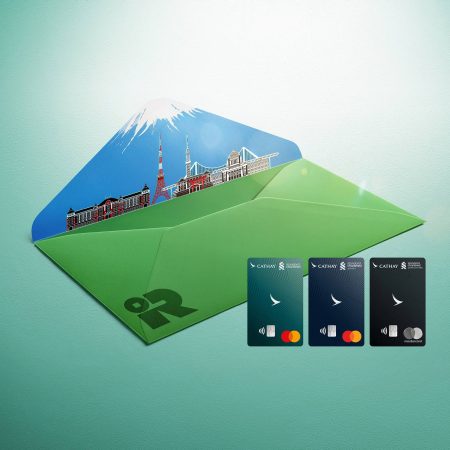How to travel by train from Guangzhou to Hong Kong International Airport
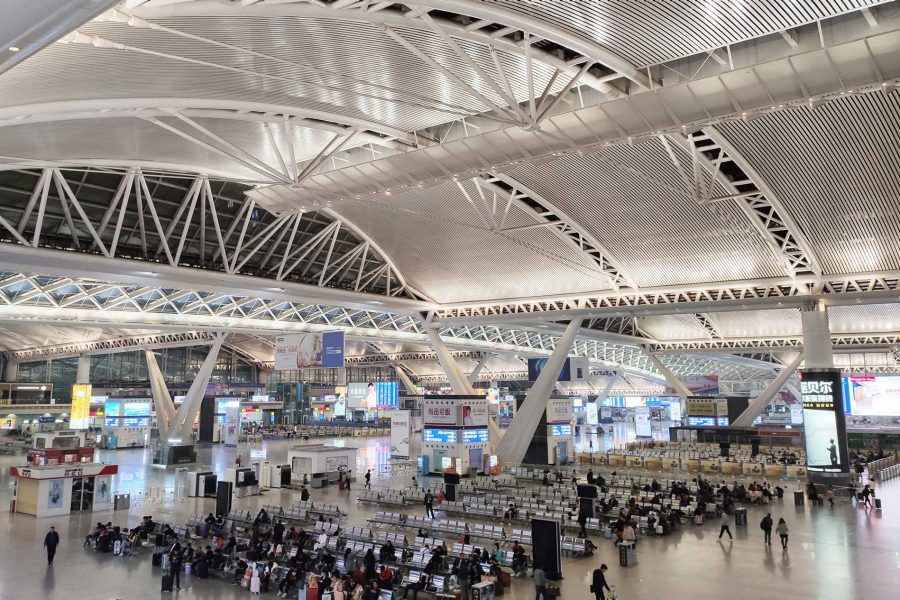
Hong Kong International Airport (HKIA) is one of the best-connected transportation hubs not only for travellers from its home city, but for those from the surrounding region as well. A growing infrastructure network gives Greater Bay Area residents convenient access to HKIA so they can take advantage of Cathay Pacific’s extensive route map.
One of the most popular methods of travelling from Guangzhou to Hong Kong International Airport is by high-speed train. Read on for my first-person account of the experience, including tips to set yourself up for a hassle-free journey from Guangzhou to Hong Kong International Airport.
How to travel by high-speed train to HKIA
It was big news when the Guangzhou-Shenzhen-Hong Kong Express Rail Link launched in 2018. The high-speed train service between Guangzhou and Hong Kong reduced the travel time from over two hours to just 45 minutes, making Hong Kong more accessible for day trips from the Chinese mainland as well as onward travel via HKIA.
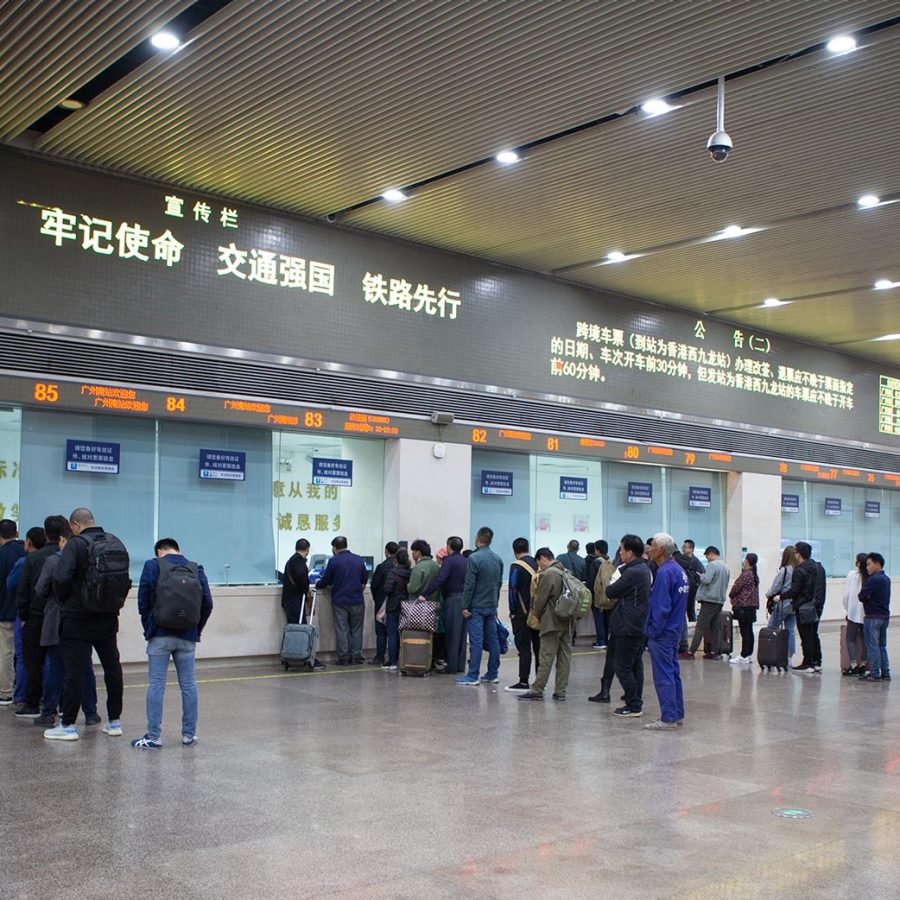
I booked an advance ticket from Guangzhou South Railway Station to Hong Kong West Kowloon Station through 12306 China Railway . This saved me from queuing to purchase a ticket at the station – instead, I simply picked up my ticket from the collection window on the ground floor. You can also purchase or collect your ticket from an automated machine, but note that a Chinese ID card is required to do so.
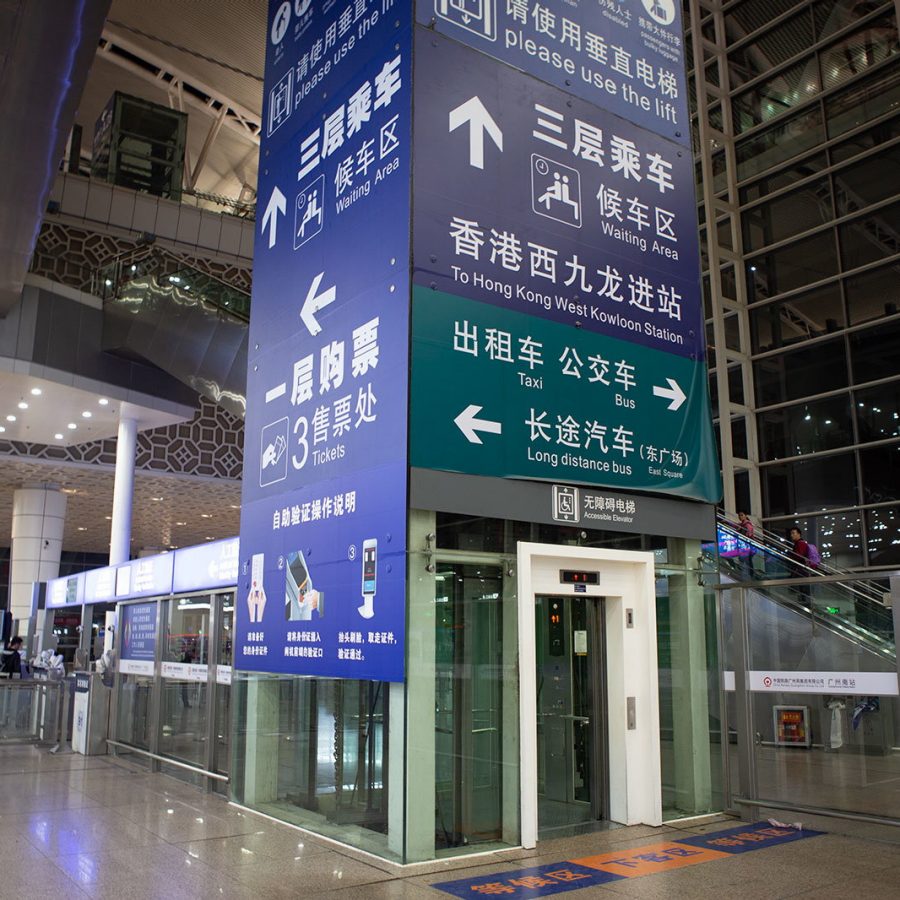
After collecting my ticket, I headed to the ticket-check booth and then up two sets of escalators to the third floor, where the security screening area and departure hall are located. Clearance for both China customs and Hong Kong customs is done upon arrival in West Kowloon Station, which makes departing Guangzhou a breeze.
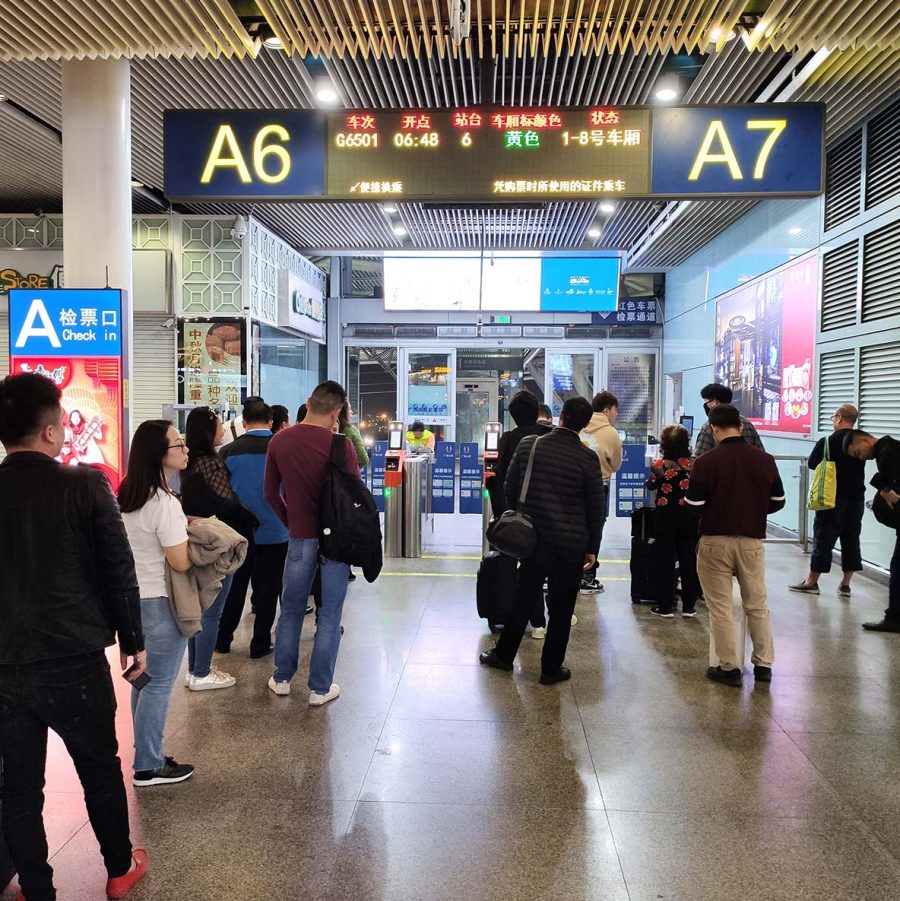
I made my way to the departure gate, which opened about 15 minutes before the train’s scheduled departure time. On board, I was pleased to find the train largely empty, likely due to the early hour of the service – 6.40am.
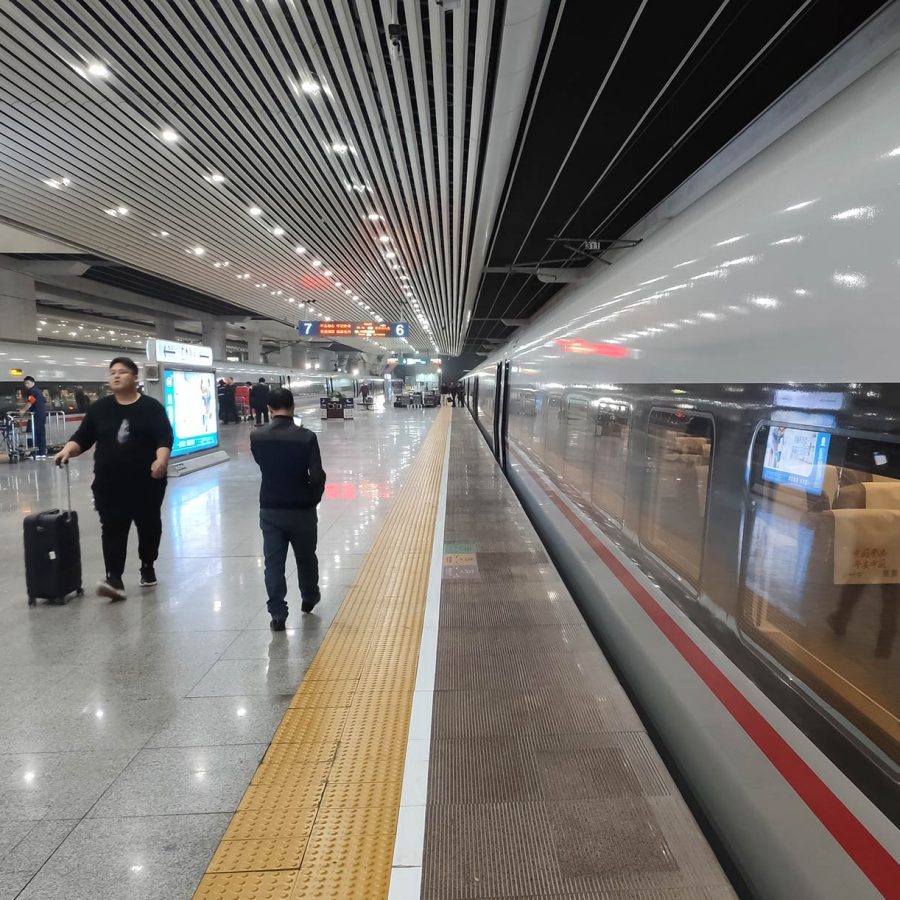
After the 45-minute ride, the train pulled into Hong Kong West Kowloon Station. Elevators whisked travellers from the arrival platform to the customs hall, where I formally exited China before taking a two-minute walk to the Hong Kong checkpoint. Be sure to hold on to your train ticket until after you’ve cleared Hong Kong customs, as you’ll need to scan it to leave the customs area. (I had dropped my ticket prior to China customs, so a gate attendant had to take me aside and record my passport information before I was allowed to leave.)
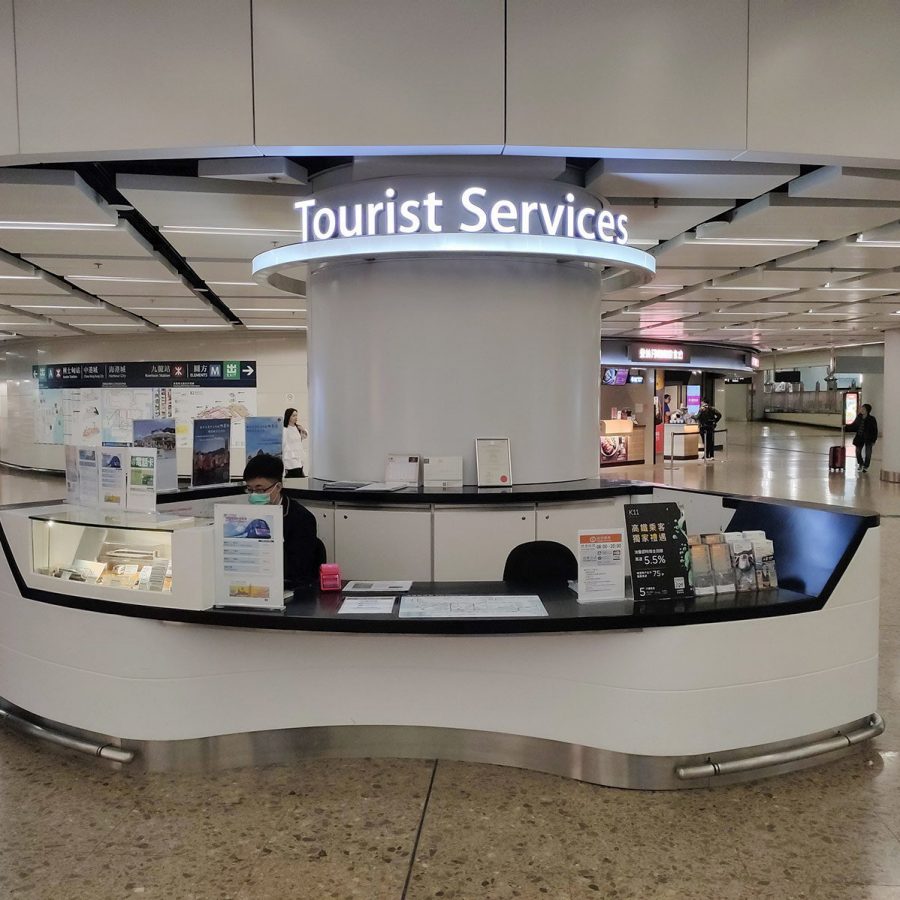
A Tourist Services desk is located right outside the Hong Kong customs hall that provides maps, MTR tickets and helpful information. There, I purchased a one-way ticket for the Airport Express to HKIA, and an attendant pointed me in the direction of Kowloon Station, the closest stop on the MTR line.
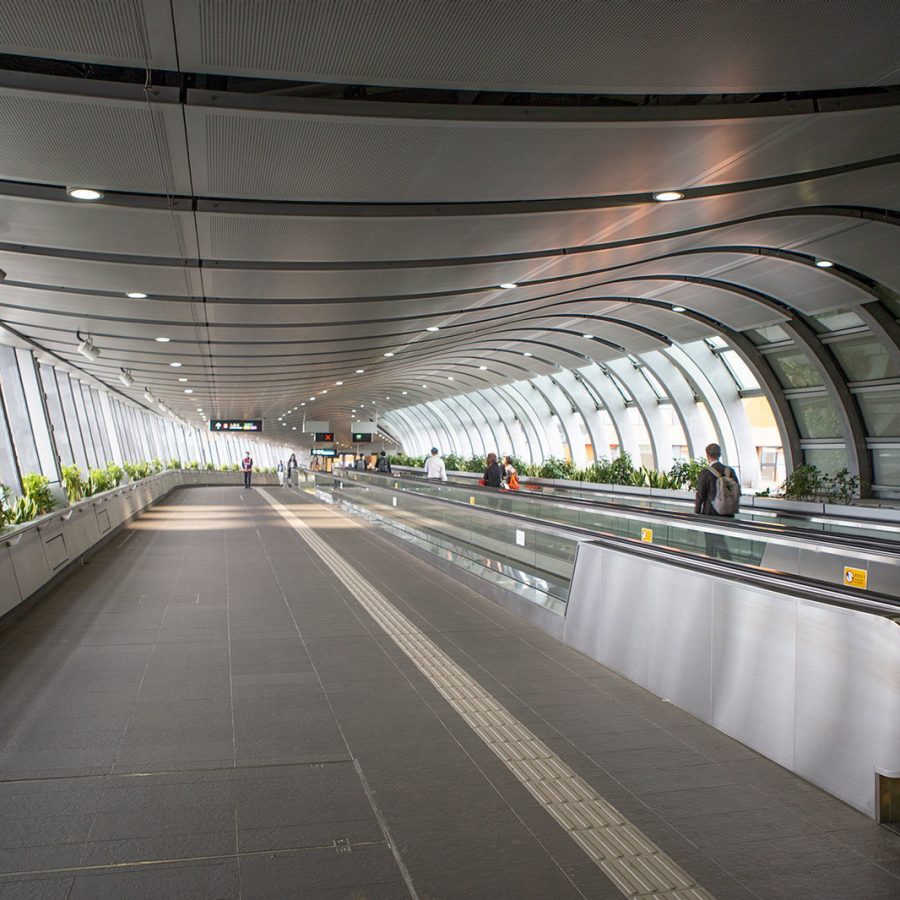
Walking the route takes slightly over 10 minutes, crossing an open-air footbridge and passing through Elements , a large shopping, dining and entertainment complex.
Another option is to hop on the free shuttle bus that takes just five minutes to drive to Kowloon Station. Tip: Download the MTR Mobile app to view the up-to-date bus schedule.
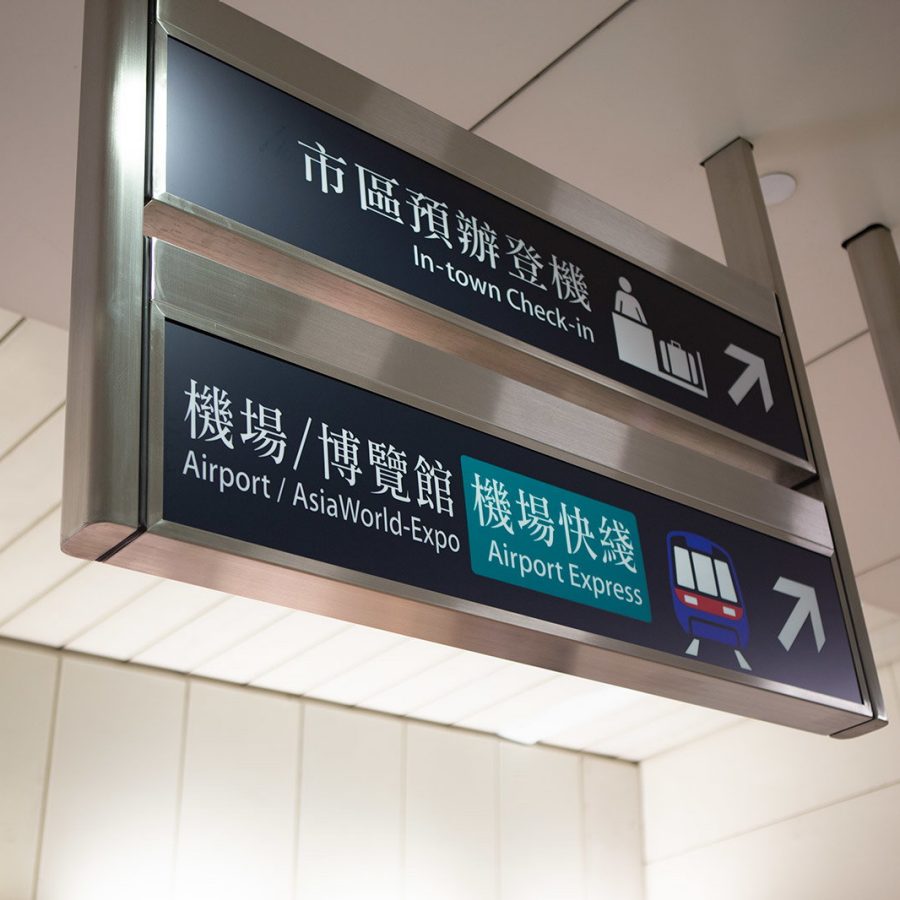
At Kowloon Station, there are vending machines for Airport Express tickets if you didn’t purchase one earlier.
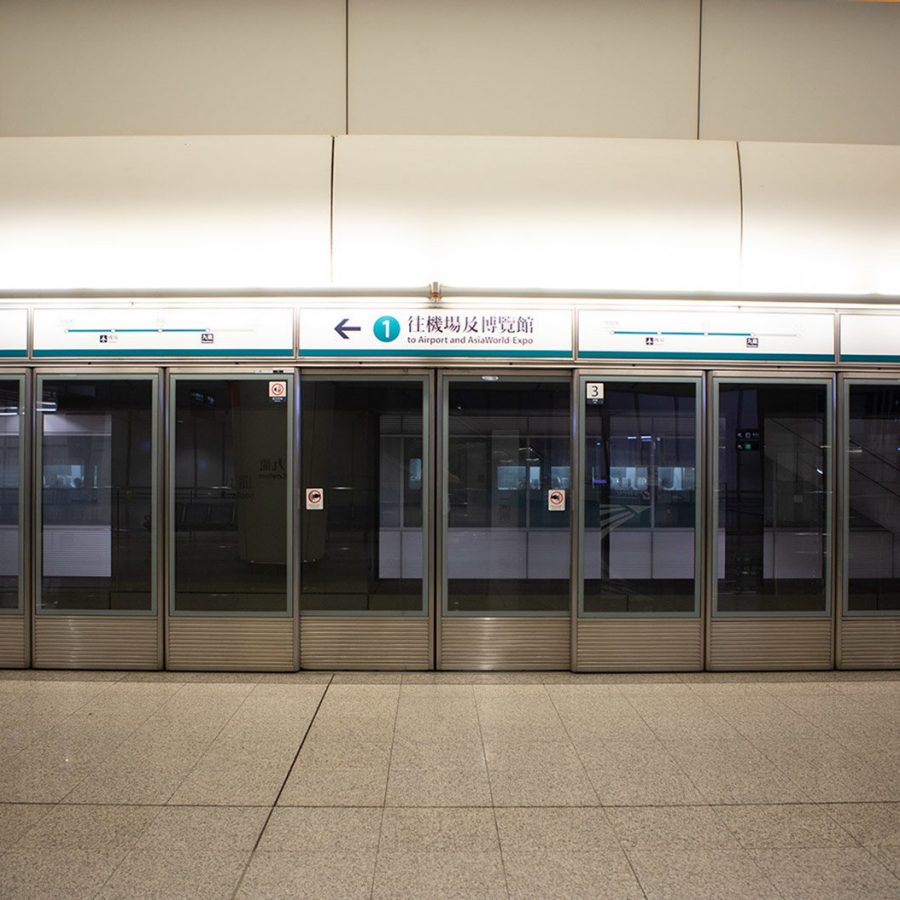
I headed down to Level 2 to board the Airport Express. The ride from Kowloon Station to HKIA takes around 30 minutes and is incredibly scenic. Once the train pulls into the airport, head to the check-in counters in the Departures Hall.
More inspiration
Hong Kong travel information
- China – the Chinese Mainland, Hong Kong SAR, Macao SAR and Taiwan Region
- Hong Kong SAR - English
- Chinese Mainland (China) - English
- Taiwan, China - English
- 香港特別行政區 - 繁體中文
- 中国內地 - 简体中文
- 中國台灣 - 繁體中文
- Africa
- South Africa - English
- Asia
- Bangladesh - English
- Korea - English
- Singapore - English
- Cambodia - English
- 한국 - 한국어
- Sri Lanka - English
- India - English
- Malaysia - English
- Thailand - English
- Indonesia - English
- Maldives - English
- ประเทศไทย - ภาษาไทย
- Indonesia - Bahasa Indonesia
- Myanmar - English
- Vietnam - English
- Japan - English
- Nepal - English
- Việt Nam - tiếng Việt
- 日本 - 日本語
- Philippines - English
- Australasia
- Australia - English
- New Zealand - English
